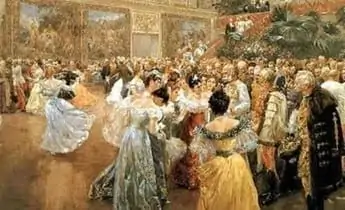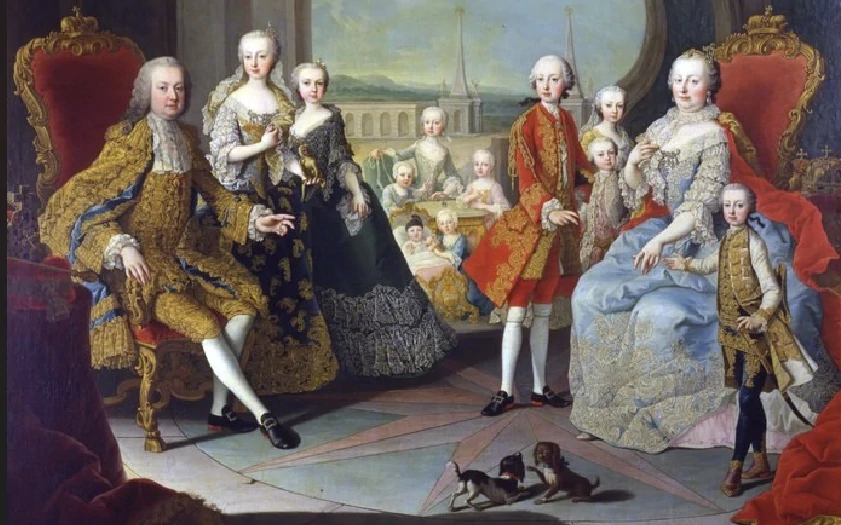When were the beginnings of the Viennese waltz? Why was it initially considered immoral and reprehensible? Who was the undisputed waltz king? Formerly considered immoral and reprehensible, the Viennese waltz has been a UNESCO intangible cultural heritage since September 2017. The Viennese Waltz has a long tradition and is an important part of the approximately 450 Viennese balls . It makes a long ball night really complete. The WienerOperaball is traditionally opened with a left-hand waltz . Turning in three-four time, left or right, is something typically “Viennese” and nowhere is it celebrated as much as in Vienna. It is also customary to begin weddings and festive occasions with a waltz. The Viennese waltz comes from the word walzen, which means to turn and grind. It was built in the last quarter of the 18th century. in the Bavarian-Austrian region. It is a dance in three-four time for single couples and can be described as a preliminary form of “ländler dancing”. The dancer and the dancer are constantly bouncing and spinning. It is a social and ballroom dance in 3/4 time, danced at a tempo of 58- 60 beats per minute. In comparison, there is also the Slow Waltz (English Waltz). The Viennese waltz (formerly called the French waltz) was first mentioned in old Viennese folk comedies in the 1770s and was already known before the French Revolution. It replaced the aristocratic minuet as the leading ballroom dance. Initially, the waltz was sometimes heavily criticized for being immoral, danced too quickly and too tightly. The left-hand waltz in particular was initially frowned upon in so-called “better circles” due to its lewdness, especially because of the intimate contact between the couples. This also had to do with the ladies suddenly showing their ankles while dancing. The ladies were also tightly laced and some fainted immediately due to the rapid gyrations . In 1814/15 , the Congress of Vienna turned the waltz into a social event and it was often danced. After the Napoleonic Wars, Europe was restored to its former structures and the negotiations took place in Vienna. Of course, there were not only negotiations, but above all a lot of waltzing . It was not for nothing that the famous saying “Congress dances, but it doesn’t move” was coined . In the Biedermeier period , Vienna definitely became the waltz metropolis of Europe. The Viennese waltz gained acceptance and popularity. Johann Strauss’ father founded the Strauss dynasty and mainly composed waltzes. However, he is better known for his march music, such as the famous Radetzky March, a tribute to General Radetzky. Joseph Lanner , together with Johann Strauss Vater , is considered the founder of the Viennese waltz. The waltz was later brought to perfection by Strauss’ sons Johann, Josef and Eduard . Through concert tours it is carried as far as America. Johann Strauss Sohn (1825-1899) went down in history as the “Waltz King” . His tours have taken him as far as Russia and even America. His most famous work is the Danube Waltz, which was premiered at the Dianabad in February 1867 . The nine-minute original version of the Danube Waltz should not be missing on any New Year’s Eve . This is the traditional way to dance into the New Year in Vienna. The Danube Waltz is also on the program at the New Year’s Concert and is considered the unofficial anthem of Austria. Time Travel Tip: There are now several dance schools in Vienna that specialize in quick waltz courses . You can attend a so-called hop-on/hop-off course before a ball night and then shine with your newly learned waltz steps. More info: Waltz dance courses Vienna: Learn to waltz – quickly and safely (stadt-wien.at)
Image source:
https://commons.wikimedia.org/wiki/File:Wilhelm_Gause_Hofball_in_Wien.jpg?uselang=de



